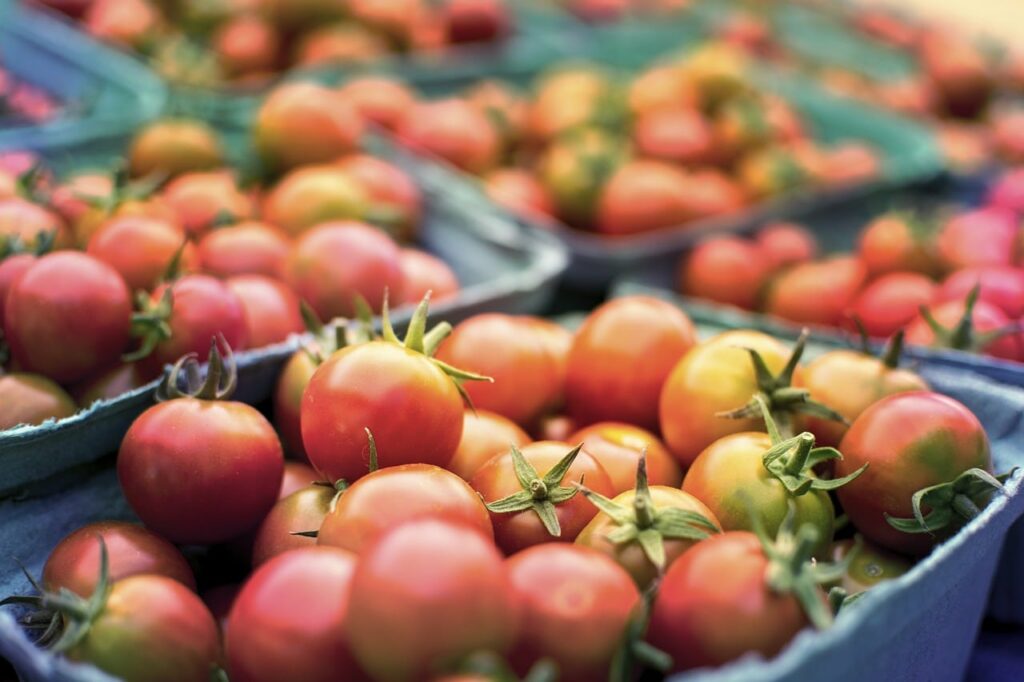By Orestis Karghotis
Imagine being a farmer and surrounded by healthy and productive fruit trees, listening to the sounds of bees and birds while your feet are touching the rich grass and herb vegetation in a cool orchard. Imagine also that owning or working on a farm like this brings you enough profit so that you can live as comfortable a life you would expect from other high paying jobs.
Unfortunately, in most parts of the world, the above-mentioned scenario is a far reaching, utopian one. The reason for this, to put it simply, is the way we treat our land to produce food is destructive and goes against nature rather than with it. And yes, that ultimately affects also how profitable farming businesses are.
Since the Green Revolution in the 1950s, humans have managed to find ways of producing crops and animals in huge quantities that enabled the explosion of the earth’s population. However, the use of pesticides, herbicides, artificial fertilisers and monocultures that enabled this increase in production, brought with it many problems to the health of our agricultural land, nature and our own.
If we take Cyprus for example, a recent study has shown that it has one of the highest rates of exceedance of maximum residue levels for pesticides in the EU. Herbicides, pesticides and monocultures are killing the world’s plant and insect diversity essential to our survival. Artificial fertilisers are leaching into our water systems causing river pollution, and excessive tilling is depleting our soils, leaving our lands infertile, unable to sustainably produce nutritious food for human consumption in the long term.
Even the earth’s climate does not stay unaffected as the current methods used in the agricultural sector contribute up to 10-12 per cent of global manmade emissions of greenhouse gases. These practices, whilst giving humanity great prosperity in the short term are now showing to be unsustainable and costly, and the use of other, alternative, more nature friendly practices need to be implemented on scales to produce food in a sustainable or, yes, even regenerative manner.
This is where Regenerative Agriculture (RegenAg) comes in..
Although various definitions exist, RegenAg is generally considered to be an approach to farming that instead of depleting regenerates soil, enhancing the environmental, but also the social and economic dimensions of sustainable food production. And although the term is not new (it was pinned already in the 1980s through research conducted by the US-based Rodale Institute) it only got momentum after 2015, when it started appearing in books and news once again.
In essence, if farmers around the world start “building up’’ healthy soil and diversity on their lands, this will make crops healthier and more resistant to diseases which will make them more productive and less dependent on costly inputs, like chemical fertilisers, pesticides and herbicides. And that is exactly what RegenAg has the potential to do. An added environmental value of applying RegenAg will then inevitably be the slowing down of global warming, as land will have more biomass and more soil that can sequester more carbon than conventionally managed land.
So how can this be achieved?
By applying the following core principles and practices used in RegenAg:
- Tillage and chemical inputs should be minimised to minimise soil disturbance.
- Different types of crops should be used in the same piece of land to maximise crop diversity.
- Cover crops should be used to keep soil covered and protect it from eroding and support main crops (e.g., nitrogen fixing plants).
- Maintain living roots to provide nutrients for soil life throughout the year.
- Integrate livestock to improve the nutrient cycling of the soil (e.g., include animals that deposit manure in farms and graze sustainably)
Although similar to agroecology and organic food production, RegenAg differs from the first in that agroecology is often seen as having a ‘political’ or ‘activist’ component while RegenAg is a concept that increasingly – but not exclusively – is also adopted by commercial, often large-scale farmers as well as by corporations. As for the latter, certified organic farming is highly institutionalised, in the sense that this agricultural concept is regulated through rules, restrictions and requirements (e.g prohibition on the use of synthetic fertilisers and pesticides) and thus focuses more on practices, whereas RegenAg focuses on outcomes (e.g. improved soil health) and less focus is put on how to reach the set outcome.
Therefore, in contrast to some of the other approaches, regenerative agriculture does not exclude the use of, for example, modern plant and animal breeding technology, tilling, use of inorganic fertilisers or pesticides, but instead aims for a limited and more targeted use to achieve the same end goal, the increase of soil health and fertility.
But is this new movement of farming that goes beyond sustainable scalable and economically feasible?
While regenerative agricultural practices are promoted both at international (FAO) and European level (European Green Deal) to achieve environmental goals, results from transitioning to regenerative practices are already showing to be truly positive on an economical level. Philip Fernandez, agricultural project manager at EIT Food, mentions that in many studies, no difference between conventional and regenerative farming occurs in terms of yield. More importantly, farmers say that while yields are the same, input costs go down, increasing the profitability of their farms. Also, during droughts, the regenerative fields perform better because they are more resilient because the soil can absorb more water because it contains more biomass.

Another interesting advantage of producing food in a regenerative manner is that in many countries, farmers get a price premium. This means that regenerative and organic food can make the crops more profitable than their conventionally grown counterparts. Specifically, in a study conducted in 2018, US researchers showed that on farms in the Northern Plains of the USA, regenerative fields had 29 per cent lower grain production but 78 per cent higher profits over conventional corn production systems.
While proof showing RegenAg could be the way to a more sustainable and profitable farming future, it must not be underestimated that local farm conditions (climate, soil, farm type and even farmers) play a crucial role in the success of transitioning to such practices.
So, could RegenAg then be scaled up in Cyprus? While examples from other countries have shown very promising results, our farmers justifiably need proof of success in their local conditions. And if enough farmers are shown to be able to regenerate their land whilst making more profit, then why not?
One thing is curtain though. Enough political momentum should be created in that direction, state aid should be given to help farmers make the transition and the right market conditions should be created to make sure the new way of producing will be profitable (price premiums). Only then can the full potential of RegenAg be explored and see if it can be used as a tool to increase the sustainable production of food in Cyprus, increase the income of farmers while preserving the biodiversity of our agricultural landscape.




